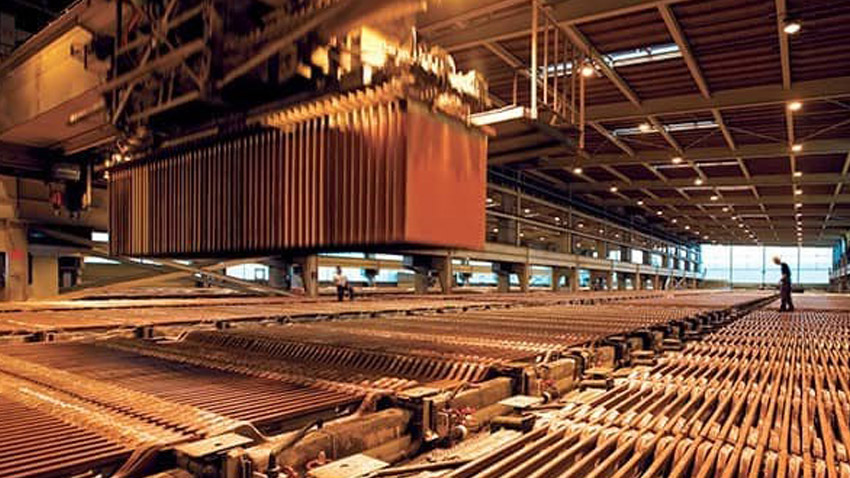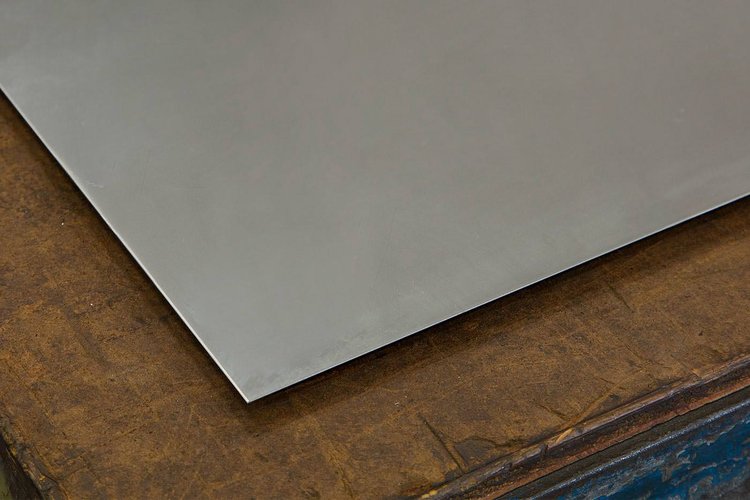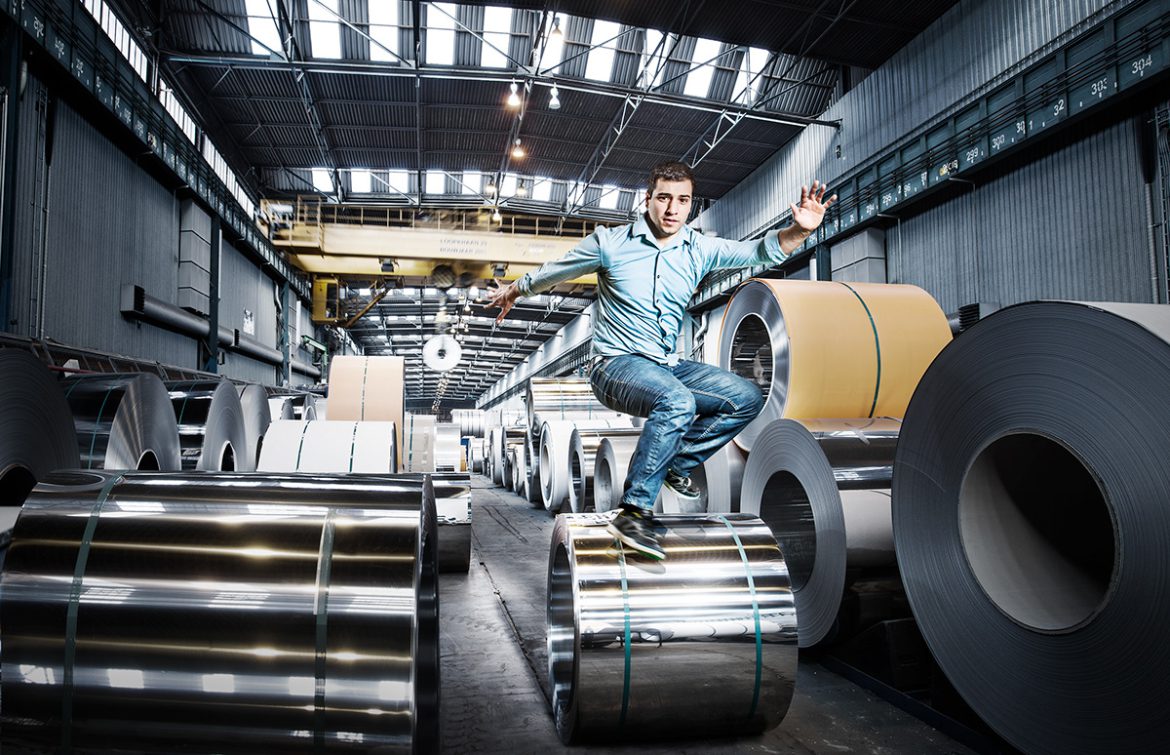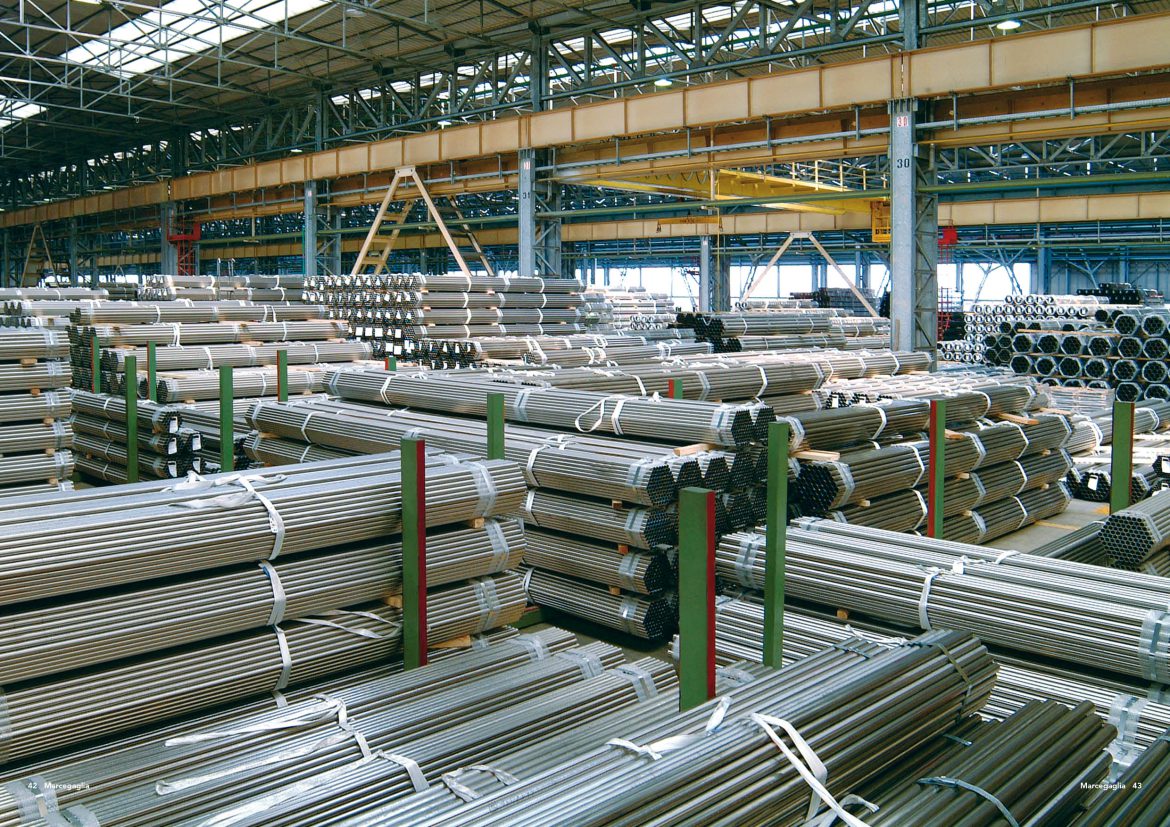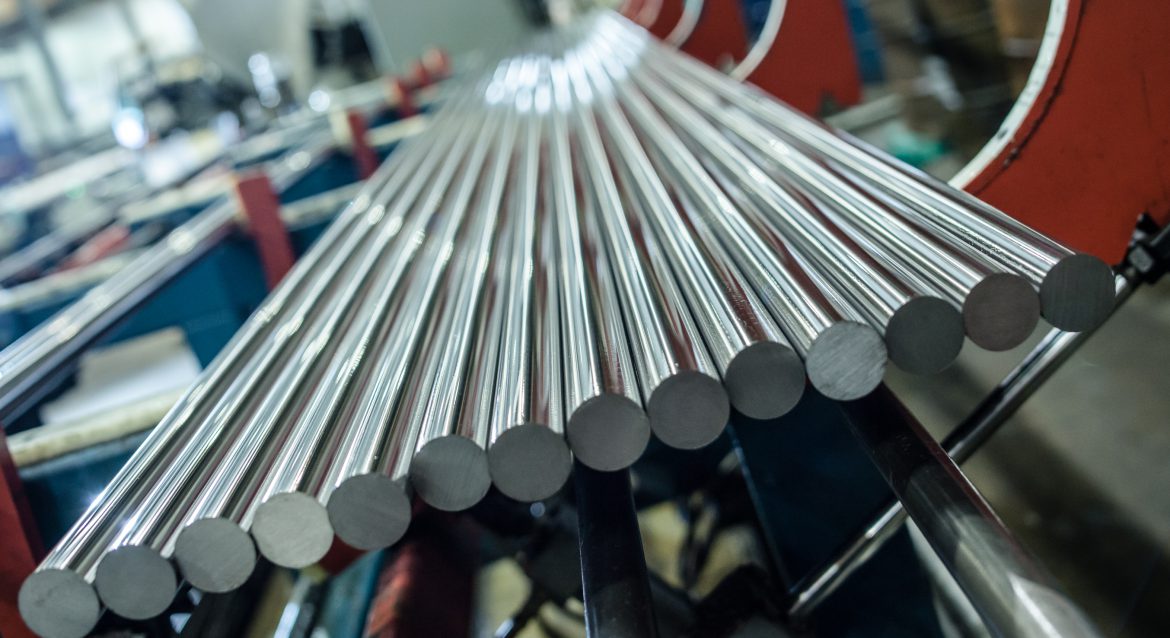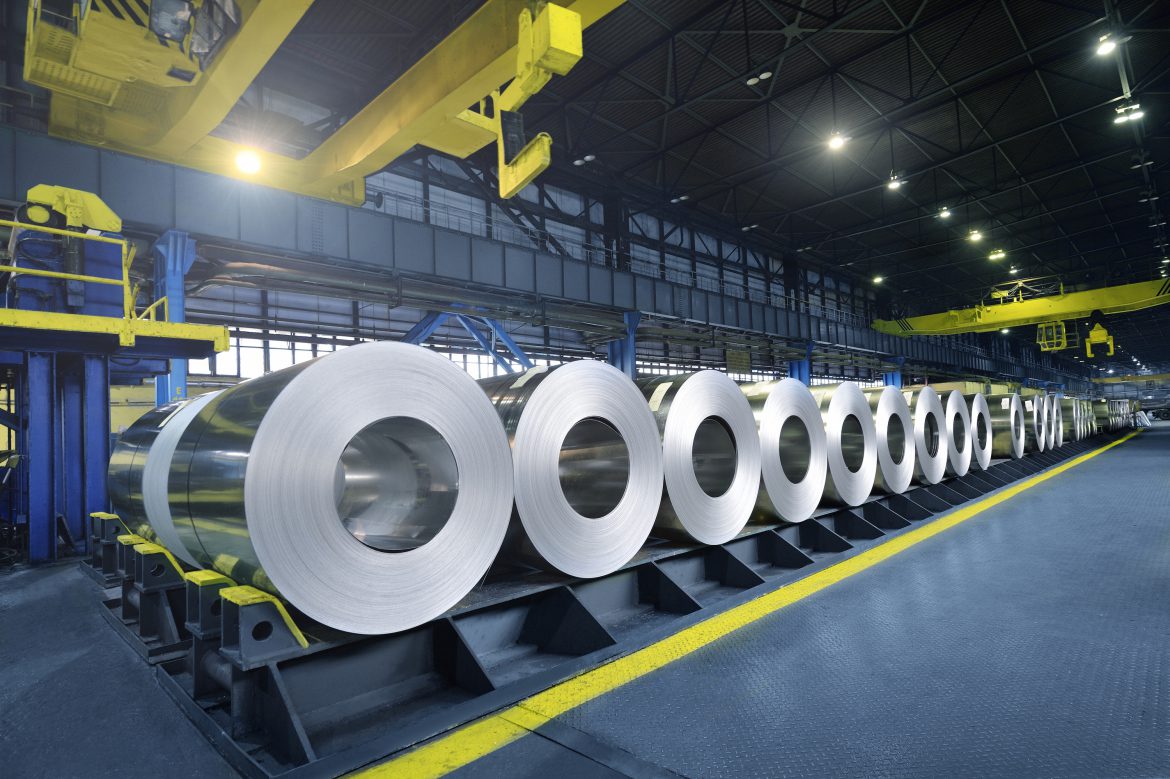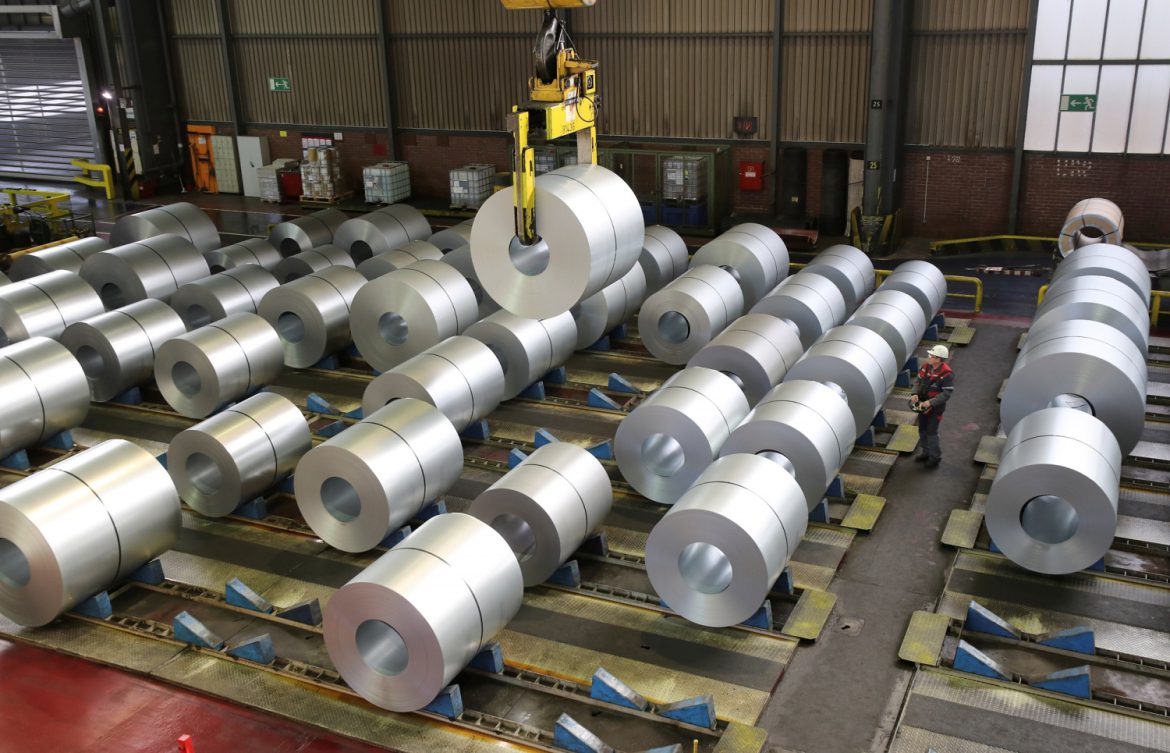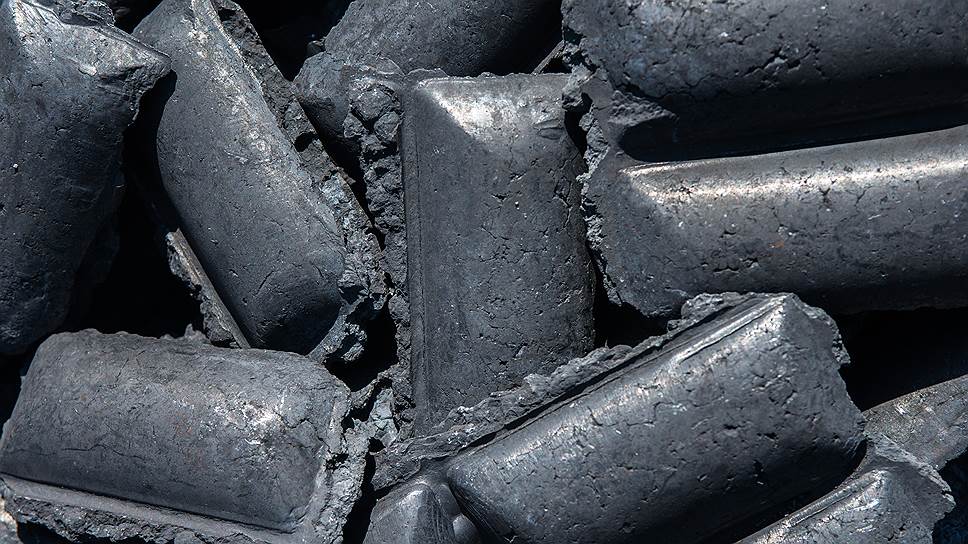The most important raw materials for the production of sponge iron are iron ore / pellet oxides, coking coal (with high reactive properties) and smelting materials such as lime and dolomite. For more information on superior iron pellets, visit our site.
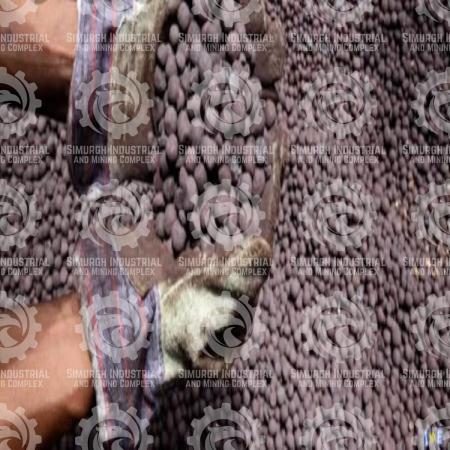
What is the difference between pellet and sinter?
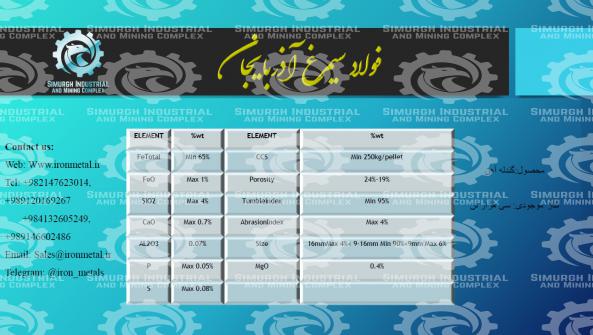 Economical production of sponge iron can also be achieved by using high purity pellets and low phosphorus at an economical price. Sponge iron is produced using non-coking coal in a rotary kiln reduction process of iron ore. Regeneration takes place at a predetermined temperature and controlled atmospheric pressure. Input raw materials such as iron ore, coking coal (high reactivity) and smelting materials such as limestone and dolomite in calibrated sizes are fed into the rotary kiln through weight and volume feeders.
Economical production of sponge iron can also be achieved by using high purity pellets and low phosphorus at an economical price. Sponge iron is produced using non-coking coal in a rotary kiln reduction process of iron ore. Regeneration takes place at a predetermined temperature and controlled atmospheric pressure. Input raw materials such as iron ore, coking coal (high reactivity) and smelting materials such as limestone and dolomite in calibrated sizes are fed into the rotary kiln through weight and volume feeders.
Due to the inclination and rotational motion of the rotary kiln, the raw materials move slowly from the end of the feeder to the end of unloading or charging. During the movement, the iron ore is converted into DRI along with the preheated coal. The material is then directly discharged into the rotary cooler where it is cooled. The temperature of the cooled product is about 80 ° C, it is discharged from the cooler and then taken into the separation and transfer system.This product, which contains sponge iron with magnetic materials, is separated by a sieve of different sizes, and then magnetically separated by a magnetic separator, the sponge is discharged into an iron tank and sent out.
By adding sponge iron to the scrap in the feed tank, an arc furnace process significantly reduces impurities such as sulfur and phosphorus. By diluting the charge composition, the need for refining is reduced and as a result metallurgical processes in the furnace are facilitated and the efficiency of the furnace is increased. It is generally stated that if the charge is sufficiently diluted, it can be fully refined during the melting process in the furnace itself, thus increasing productivity.
Continuous feeding: Continuous feeding of DRI to an EAF increases the power or power capacity of the furnace under 100% scrap charge under the same conditions.
The heterogeneous nature of the scrap and the continuous variation of the arc length between the electrode and the scrap cause serious fluctuations in the melting of the scrap. Such sharp fluctuations have been shown to reduce input power. On the other hand, continuously fed DRI melting reduced the power consumption by 15 kWh per ton DRI produced using UHP transformers.
Hot charge of sponge iron: Hot charge of sponge iron is one of the effective ways to reduce the production cost per tonne of molten steel as it reduces power consumption and electrodes. In addition, the DRI hot charge increases the efficiency of the melting unit designed to charge the DRI gain. In India, hot DRI charging technology is an innovation from Essar Company and consumes hot DRI with EAF at 650 ° C in iron, reducing energy consumption by about 120 kWh per ton. For more information on types of iron ore pellets visit our site.
Focal supply of Superior iron pellet
 Our collection is one of the Focal supply of Superior iron pellets and delivers this product to the customer at a good price, so you can refer to our site for more information about iron ore pellets manufacturers.
Our collection is one of the Focal supply of Superior iron pellets and delivers this product to the customer at a good price, so you can refer to our site for more information about iron ore pellets manufacturers.
You can contact us to buy and sell this product:
Sales consultant: Ms. Leila Nematzadeh
Ways of communication: Phone number: 02147623014
Phone number: 02147623014
 Phone number: 04133660491
Phone number: 04133660491
 Phone number: 09120169267
Phone number: 09120169267
 WhatsApp Response (Skype): click
WhatsApp Response (Skype): click
 Instagram: simurgh_steel_company@
Instagram: simurgh_steel_company@
 email: info@simurghsteelco.com
email: info@simurghsteelco.com
 email: ironore110@gmail.com
email: ironore110@gmail.com
 Facebook: ironore110@
Facebook: ironore110@
 LinkedIn: simurgh-iron-and-steel-company-a68295180@
LinkedIn: simurgh-iron-and-steel-company-a68295180@
 twitter: CoSimurgh@
twitter: CoSimurgh@
